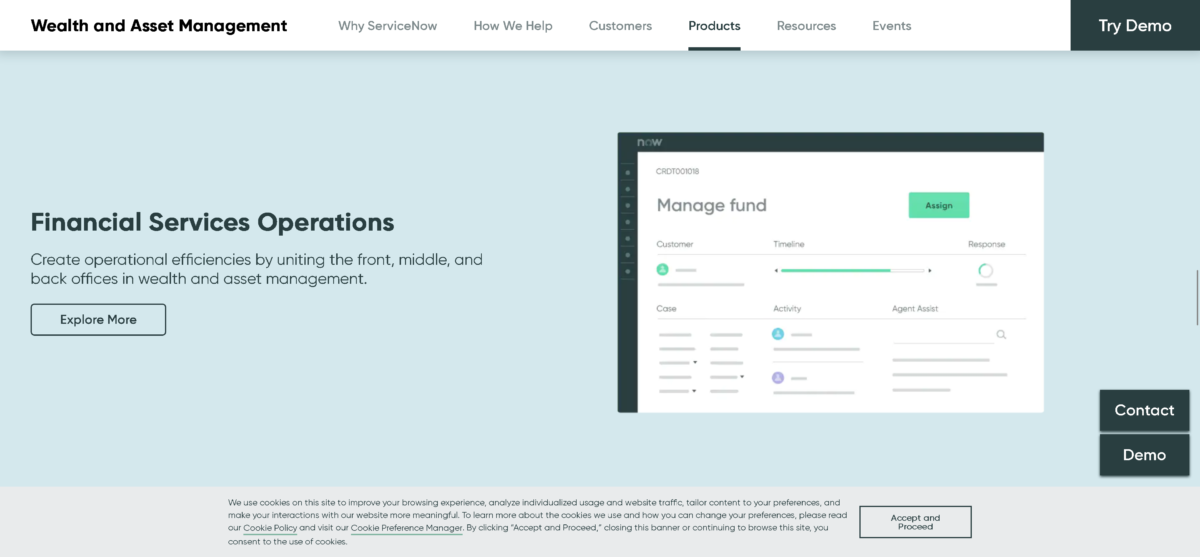For many, the cloud removes processing power constraints from the equation, allowing to think freely and creatively. The costs don’t increase much, or at all: using a single computer for 1000 hours costs the same as using 1000 for an hour. So cloud computing allows tackling big ideas and data, even for those without the proper infrastructure. Pharmaceutical companies, large enterprises and even the layman benefit from the availability of the cloud, already pushing the available technology to its limits.
But there is, you’d probably agree, the difference between a company that merely stores data in the cloud and a company that utilizes the bleeding-edge benefits that cloud computing can provide. The latter is what we’ll be concentrating on in this article.
Creative uses of cloud computing
Some uses can be deemed creative focus entirely on resource saving or increasing profits. The City of Seattle teamed up with Accenture and Microsoft last year in an effort to reduce power consumption across the city by 10 to 25%. The gist is that with comprehensive data analysis maintenance and power costs of buildings can be driven down significantly, but only cloud computing can provide the necessary processing power as hardware in each building is just too costly. Healthcare companies leverage cloud computing as well. The private sector, on the other hand, uses cloud computing to process huge data sets that result in better consumer recommendations (Amazon and eBay being the obvious examples).
On the other hand, companies like Adobe leverage cloud computing to streamline data across different platforms, as well as move their software to the cloud. Although their Creative Cloud has its opponents, you can’t disagree with the lower starting costs to businesses and freelancers. The SaaS model seems to be working out quite well for Adobe, and them being the first company to push for an integrated marketing cloud sends a welcome signal to consumers looking for a solution that simplifies managing their marketing efforts from channel to channel.
However, some companies leverage cloud computing – and, yes, data sets that can be deemed ‘big’ – to come up with altogether unprecedented services. The Real Estate market is seeing some stuff that sounds right out of a sci-fi movie: tools like SmartZip allow realtors to mail prospective clients that are, according to an algorithm, about to sell their property. Relocality is another app catered to real estate, but is instead focused on regular customers. It suggests people which NYC neighborhood would suit them best, based on their Facebook interests. While the pendulum is swinging towards Big Data, not cloud computing here, it’s still a wild idea that leverages the hyperconnectivity of today’s data.
What we can gather from this, is that now we have insights where previously we had only the opinion of an expert, or no opinion at all. Data-driven insights that can be processed quicker than ever before, and will eventually, and sometimes already do, outpace human decision making. Cloud-based software allows for a streamlined experience and lower starting costs though some do lament that ultimately the chance to “invest” in software will be lost.
By Lauris Veips





